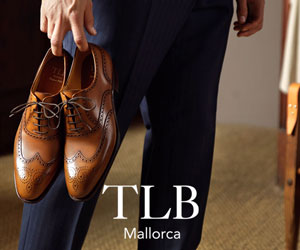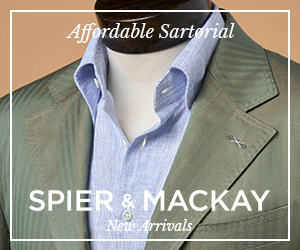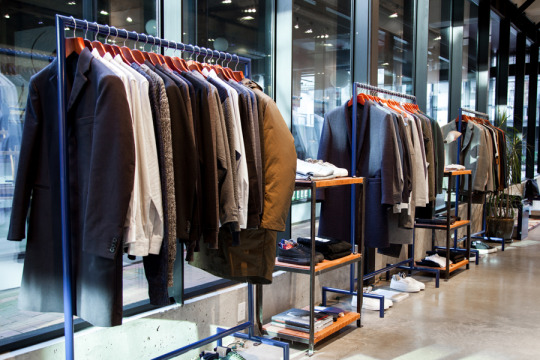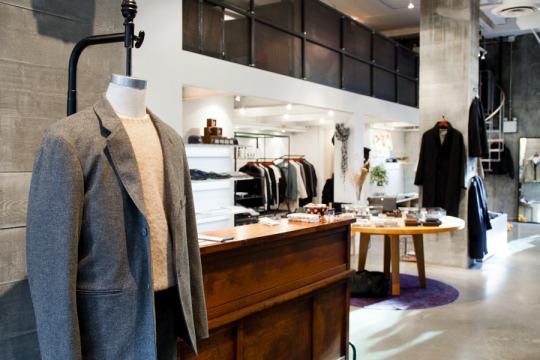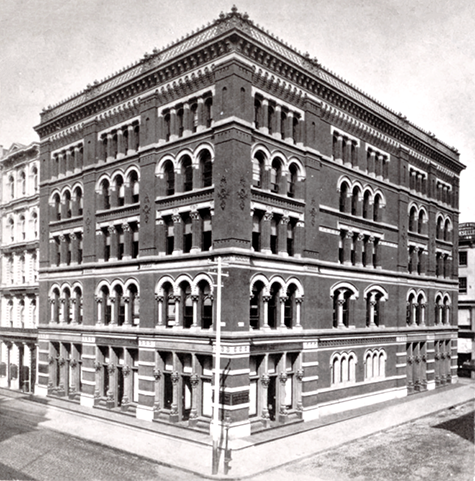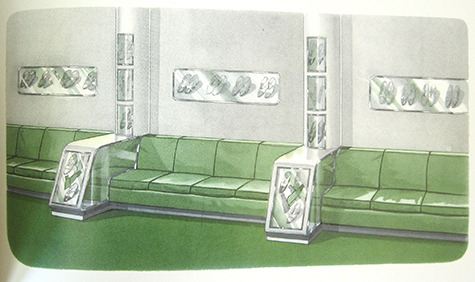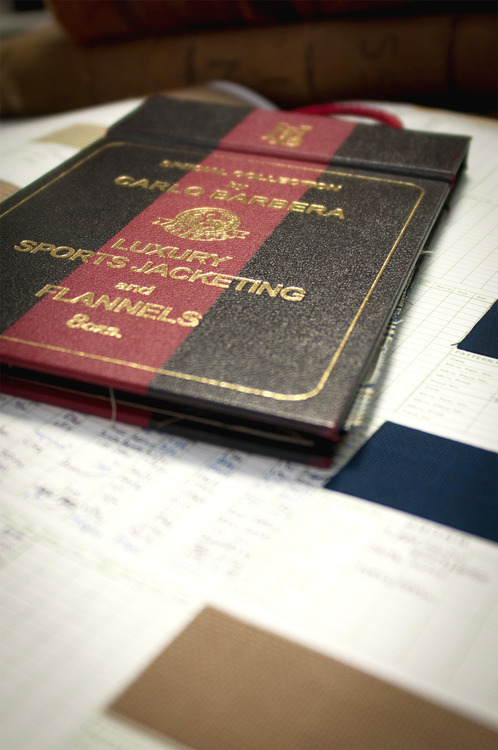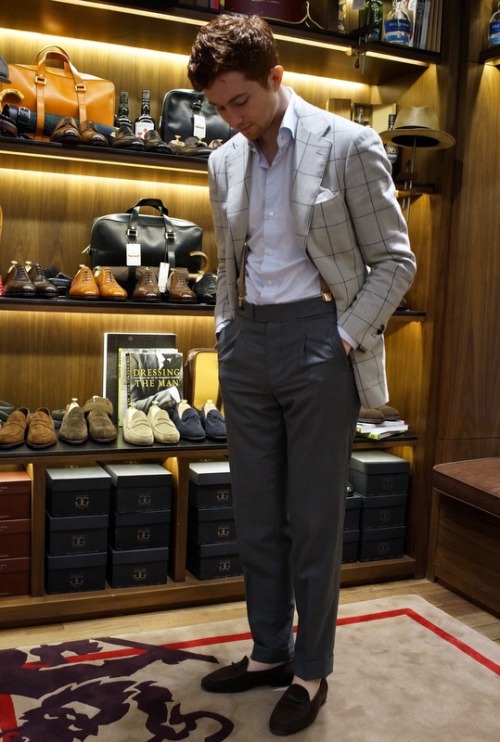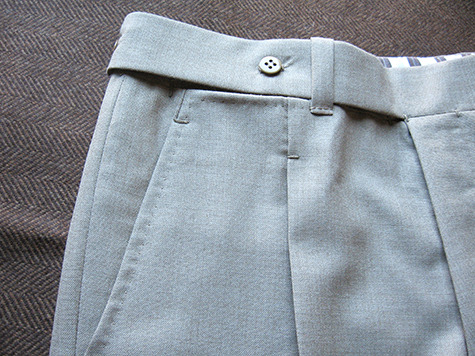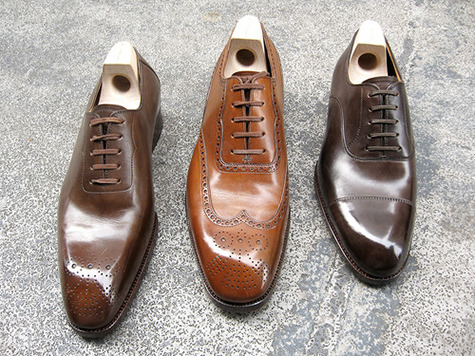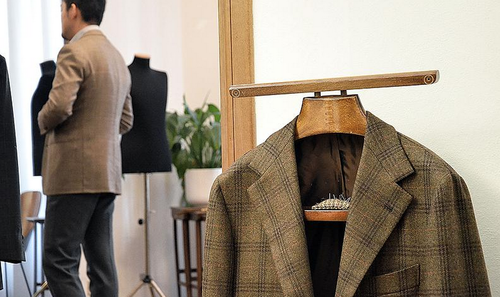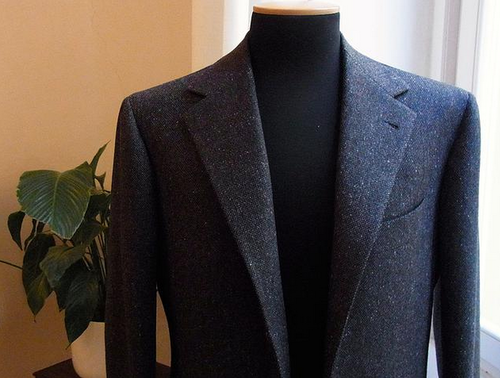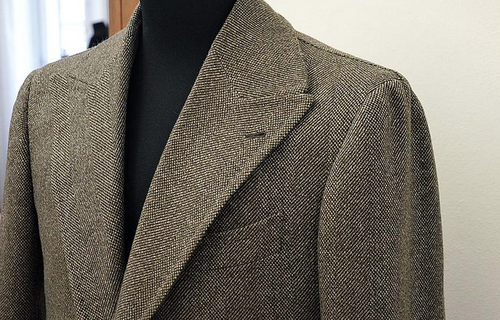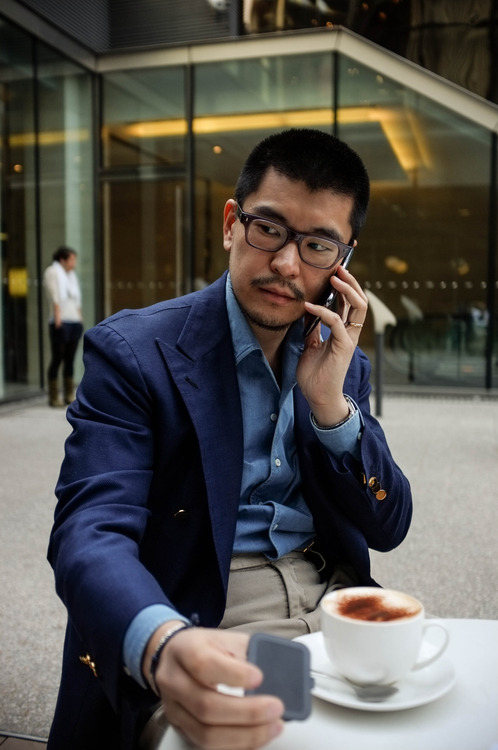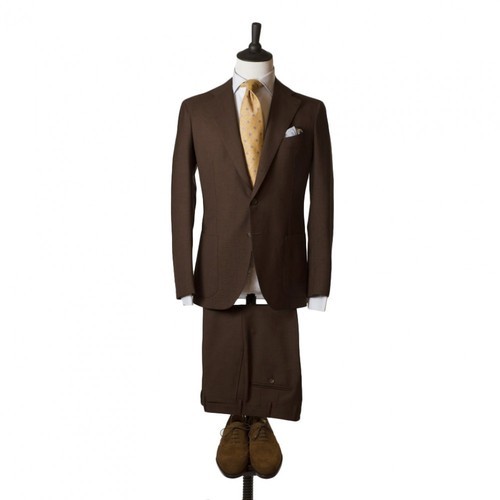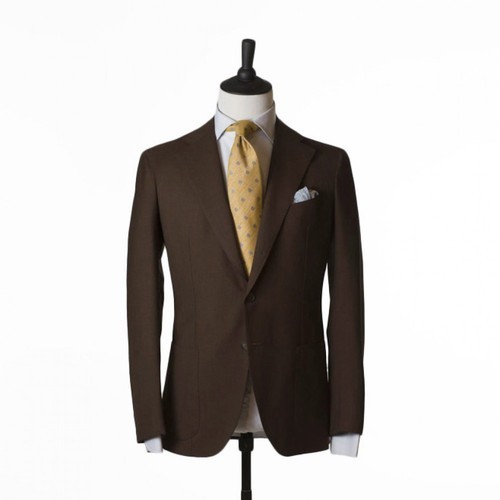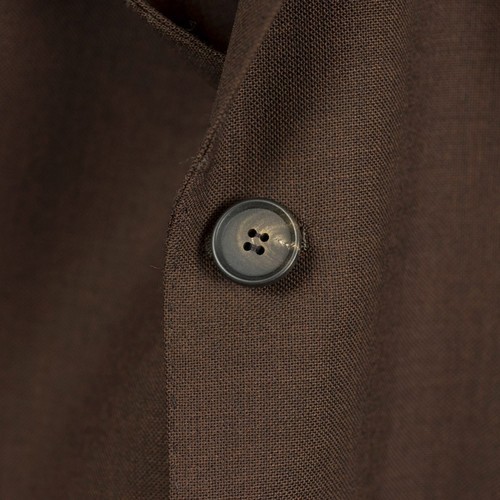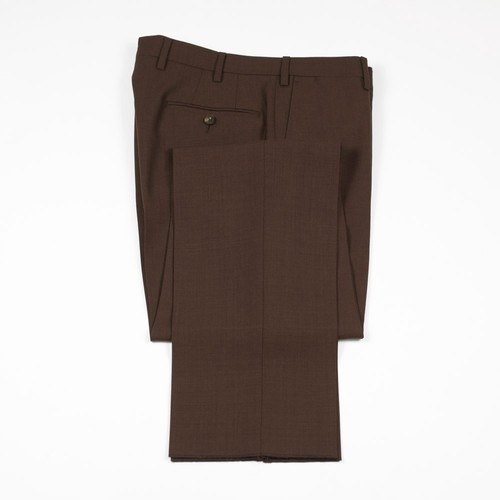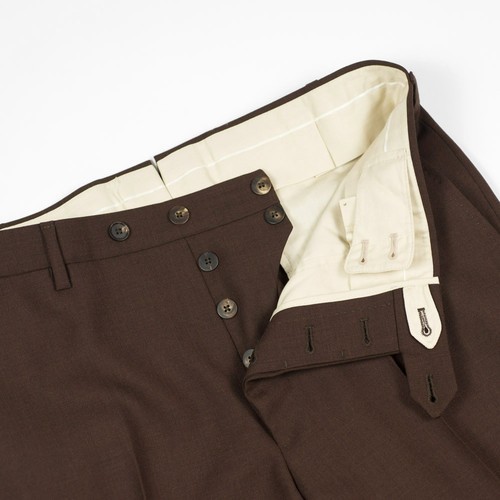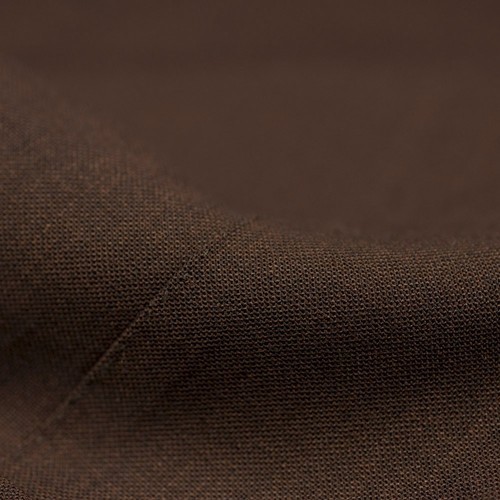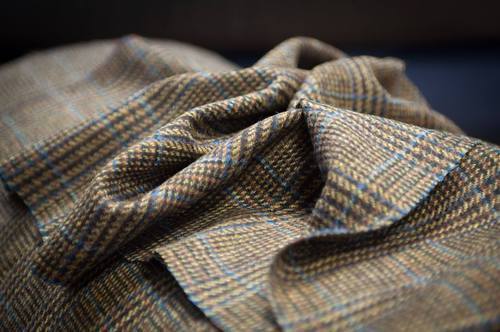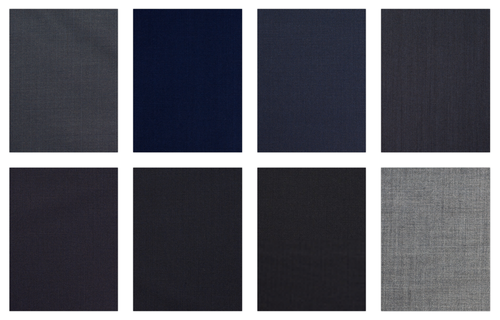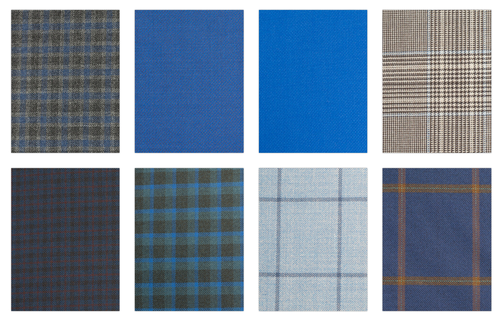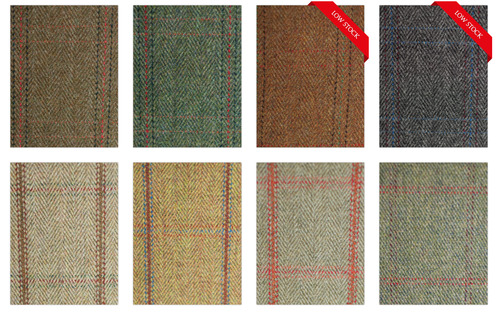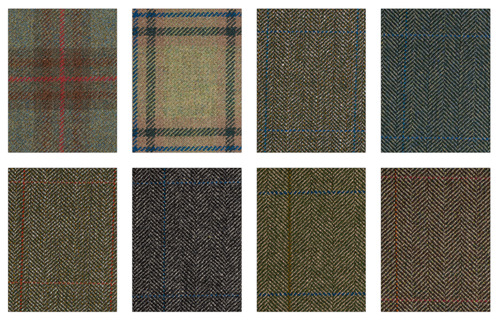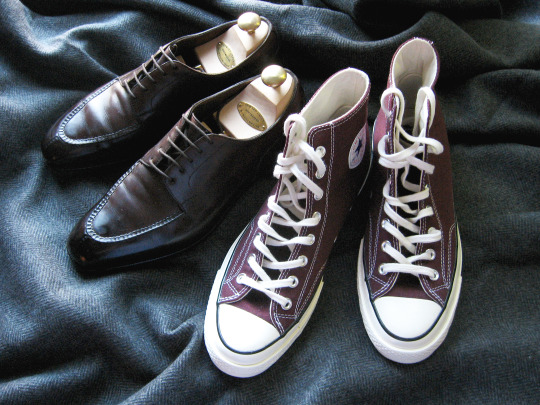
Dress shoes are best when they’re old, but sneakers are often better when they’re new. Which works out well because, if it were the other way around, nobody could afford a good shoe wardrobe.
One of my favorite dress shoes is this pair of Edward Green Dovers, which I’ve worn regularly for about four years now. Although the leather has long been broken in, the patina is just starting to build. The toe caps have darkened and the quarters are lightly scuffed. Somehow, even in their beat-up and wrinkled state, they always look their best on their last wear. Such is the magic of good dress shoes – a truly good looking pair isn’t something money can buy. It has to be worn in.
Sneakers, on the other hand, often look best box-fresh. Picture above are Converse’s 1970s Chuck Taylor repros in their “branch” colorway, which I recently bought for summer. Like the mid-century originals, these are made with a thicker sole and heavier canvas than what’s used today (Chuck Taylors were originally a bit chunky, before slowly thinning out in order to save costs). I’ve been surprised by how much I like these. They go with my Stevenson flight jacket better than today’s thinned out design, as well as quirkier Japanese workwear labels, such as Visvim and Engineered Garments.
You can find the Converse’s 1970s Chuck Taylors line at Mr. Porter and End. Edward Green’s Dovers can be bought at Brooks Brothers (who carries the Dark Oak model I own) and Mr. Porter (who has more unique make-ups). Truthfully, however, with the exchange rate being what it is, you’re better off ordering Edward Greens through Skoaktiebolaget’s made-to-order program. The prices are simply better.
Keep reading

